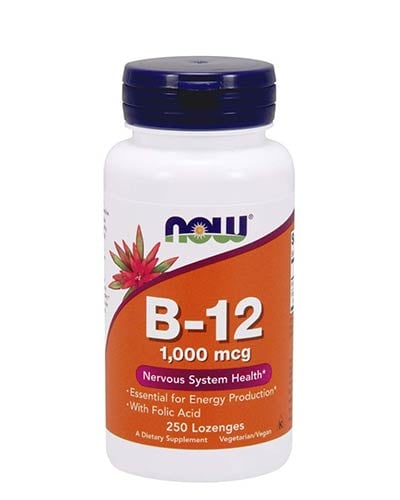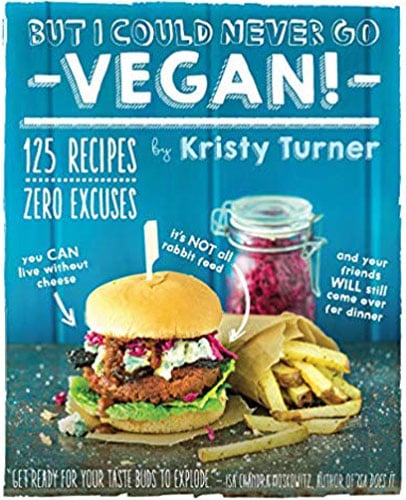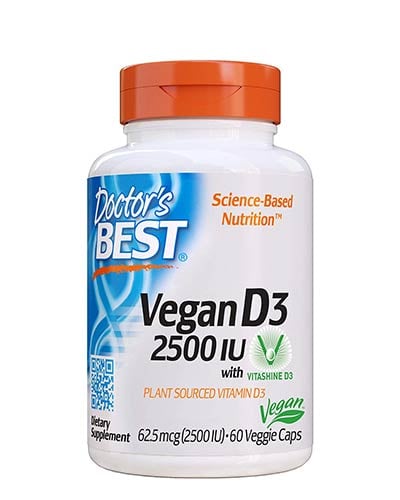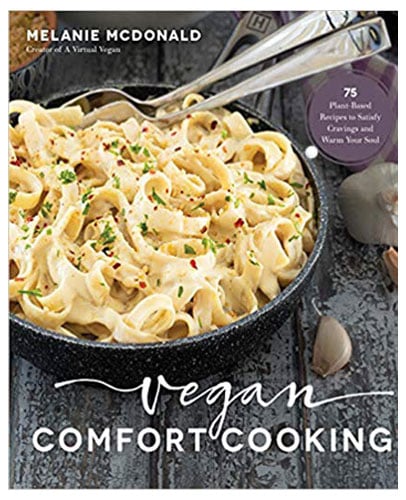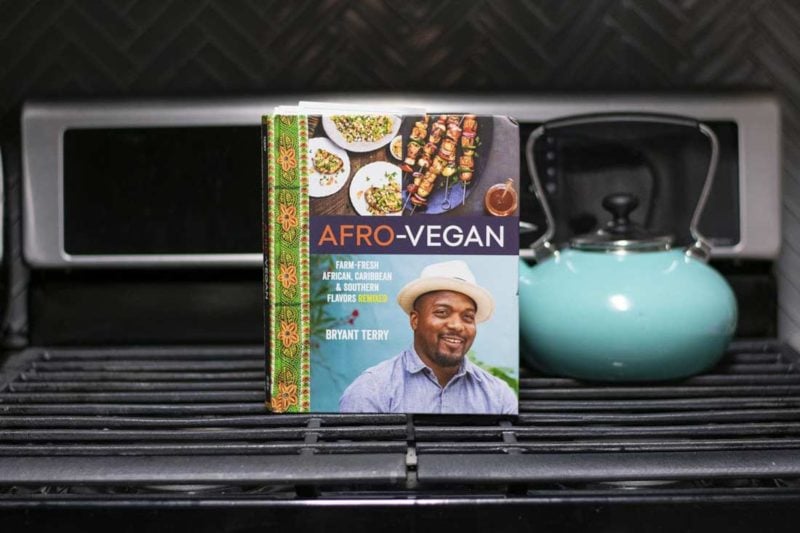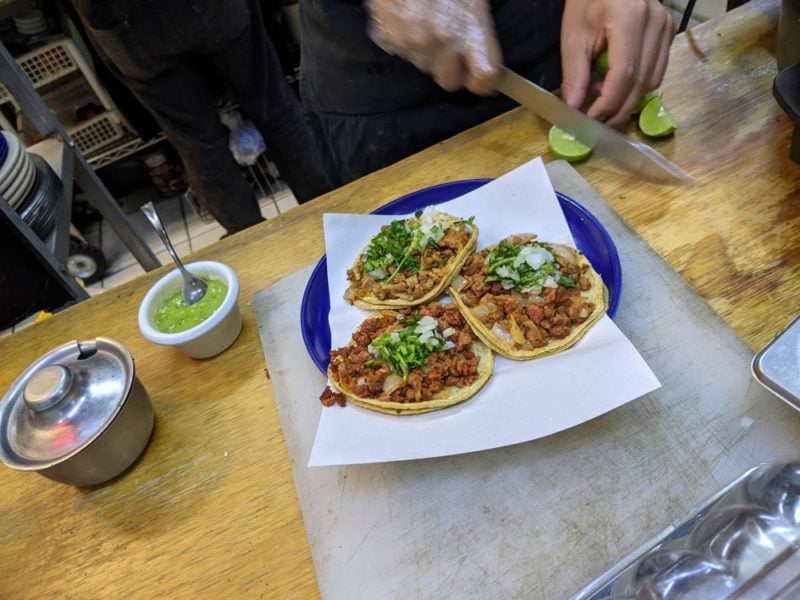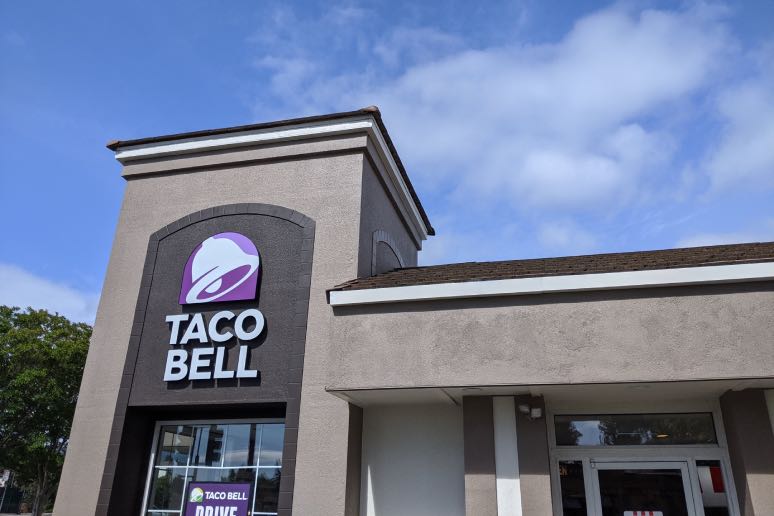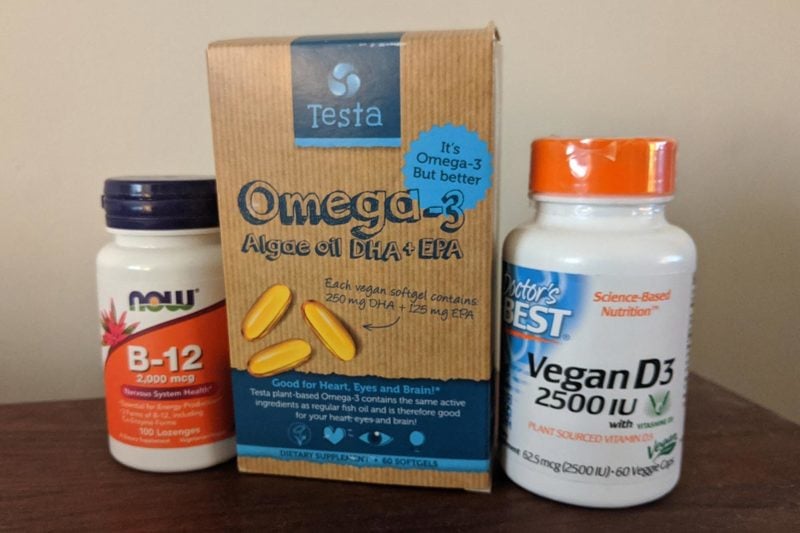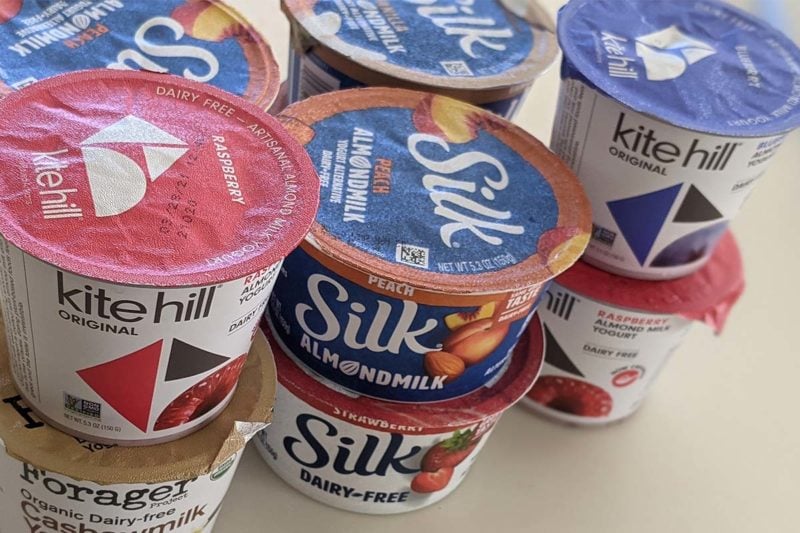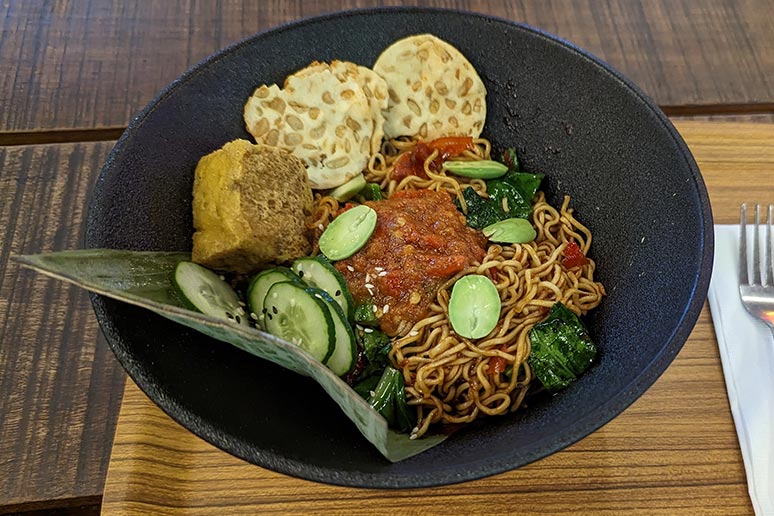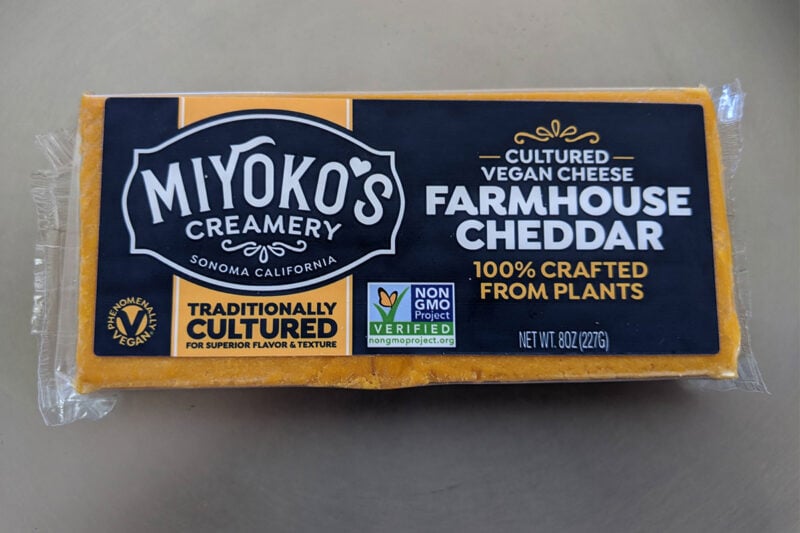If you want to eat more healthfully, consider eating more organic food. Food that’s organically grown minimizes your exposure to potentially dangerous chemicals. Laboratory testing consistently indicates lower levels of pesticide residues on organic foods. There is strong evidence that common pesticides can impair cognitive function.
What’s more, relying on petrochemical-based fertilizers to grow crops on depleted soil has predictable consequences. Fruits and vegetables grown via these industrialized farming methods have substantially lower amounts of vitamins and minerals. Backyard gardening and patronizing local organic farms can enable you to obtain foods with greater nutrient content.
The organic farming movement has its roots in 1960s counterculture. The back-to-the-land sensibilities that emerged during that period cast a skeptical eye on large-scale farming practices. In particular, the emerging counterculture questioned the wisdom of relying on petroleum-based pesticides, herbicides, and fertilizers.
In addition to eschewing these chemicals, organic agriculture as currently defined within the United States forbids GMO crops, irradiation, and sewage sludge. An easy way to spot organic foods is to check its sticker. Organic foods start with the number 9 (conversely, a number beginning with 8 signifies GMO.)
Certification Standards for Organic Food
The organization in charge of setting America’s organic standards is, unfortunately, the USDA. This happens the very same agency that oversees the nation’s factory farms and slaughterhouses. Given that the USDA thinks it’s acceptable to put just one meat inspector on a slaughter line killing 175 chickens per minute, it’s reasonable to question the agency’s willingness to set meaningful organic standards.
The USDA’s history in regard to organics is troubling. During one particularly dark moment in 1998, the USDA sought to permit organic farms to use treated sewage sludge as fertilizer—despite the fact that the stuff is often thoroughly contaminated with heavy metals and other nasty substances. Despite these past problems, food activists have managed to browbeat the USDA into enacting meaningful organic farming standards.
Enforcement by Organically Grown Certification Bodies
While the USDA sets organic standards, it does not oversee enforcement. Instead, it delegates that task to independent certification bodies. One of these certification organizations, the CCOF, offers this excellent summary of the reasons to choose organic. And here’s an interview with CCOF’s first employee that explains how organic standards have evolved since the 1970s.
Animal advocates recognize that “certified humane” or “cage-free” animal products often fall short in important respects. In the same way, it’s likewise naive to an organic seal invariably means the food was grown without compromise. Whether it’s “cage-free” or “organic,” unscrupulous farmers can easily bend the rules and mislead consumers. And imported organic products arguably deserve an extra level of skepticism.
Industrial Organic vs. Local Organic Food
It’s obviously beyond the means of a typical consumer to evaluate the relative effectiveness of the various organic standards bodies. So what’s a person to do?
Perhaps the best place to start is to favor organic farmers in your community. These farms are vastly different from the giant organic farms that ship nationwide. How can you tell which is which? A dead giveaway is that giant organic farms often use packaging that features slick yet homespun-looking logos. You can fairly call this food “industrial organic,” since it’s generally a far cry from the quality of locally-grown organic produce.
But even when it comes to industrial organics, it’s wisest to avoid an all-or-nothing point of view. On the one hand, industrial organic farms typically use many of the same monoculture practices employed by conventional agriculture, and they frequently rely on underpaid migrant labor. On the other hand, industrial organic does offer substantial advantages over conventional produce, since it’s free of GMOs, sewage sludge fertilizer, and chemical pesticides.
Life offers no guarantees, but when it comes to food you can avoid the worst of the worst by choosing organic. And you can give yourself a shot at eating the very best food by choosing local organic.
The best way to find food grown in your community is to visit your local farmers’ market. Tens of thousands of farmers’ markets exist worldwide. Find the ones near you by doing an Internet search for farmers’ market and your city.
Non-Certified Organics
The bigger the organic farm, the more worthwhile it is for a farmer to devote resources to certification. Small local farmers often lack the time and money required to participate in certification programs. They already have their hands full actually farming. These small-scale producers often sell their food at farmers’ markets, often labeling it “unsprayed” rather than “organic.”
Under many scenarios, “local unsprayed” is much more sustainable than industrial organic, particularly if the latter is trucked in from far away. The downside, of course, is that without certification you’re solely dependent on the farmer’s word. But it’s not as though every food that’s certified organic lives up to its billing either. It doesn’t take a criminal mastermind to get away with mislabeling conventionally grown foods as organic, especially on a small scale.
Supporting agriculture in your community is incredibly important, even if it’s not organic. Any sort of small-scale local agriculture is usually far less dependent on petrochemical fertilizers and herbicides than are monoculture farms. When you choose locally-grown food, you’ll enjoy fresher produce picked at the peak of ripeness. So don’t turn up your nose at your local farmer selling unsprayed produce—it’s often the best value and most sustainable food you can find, and a stepping-stone to boosting the food security of your community.
The Dirty Dozen and the Clean Fifteen
If you can’t purchase organically grown food every time, you can minimize your exposure to pesticides by paying attention to the “dirty dozen,” and the “clean fifteen.” Every year, the Environmental Working Group tests pesticide levels in non-organic produce, and publishes which varieties are the most and least contaminated. Here are their lists for 2023.


